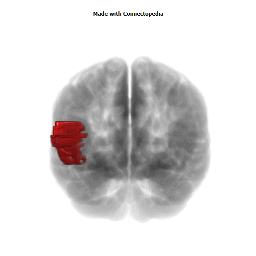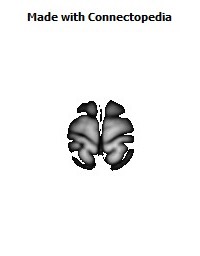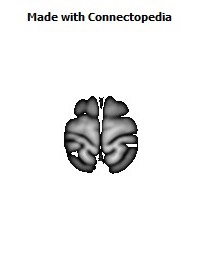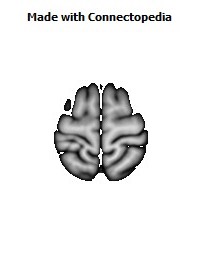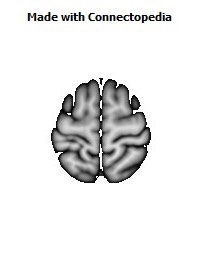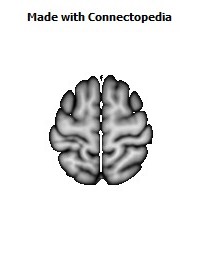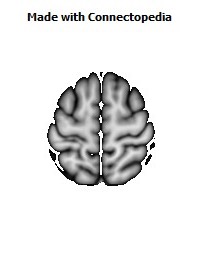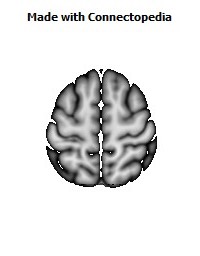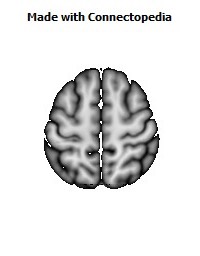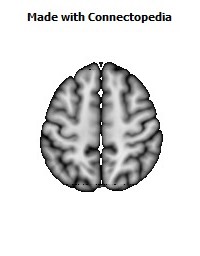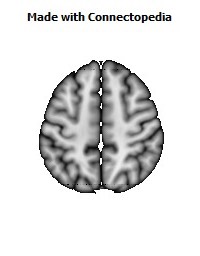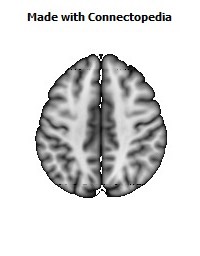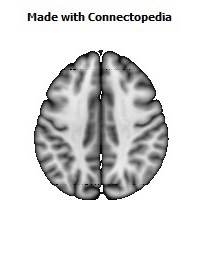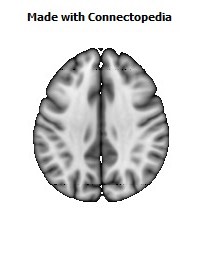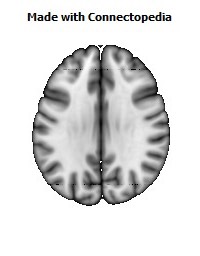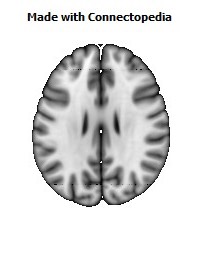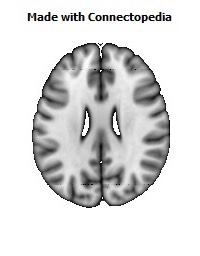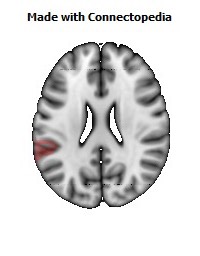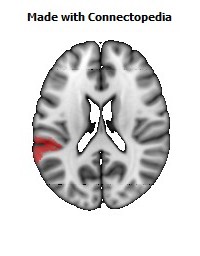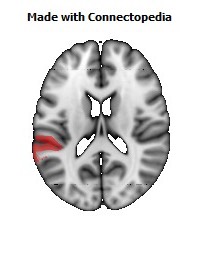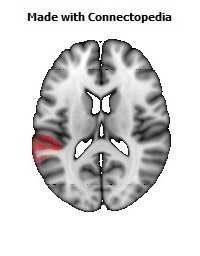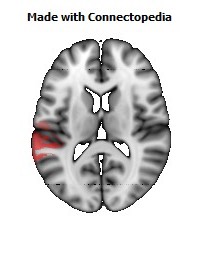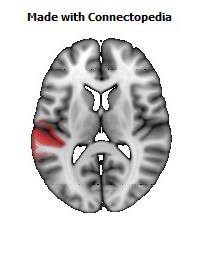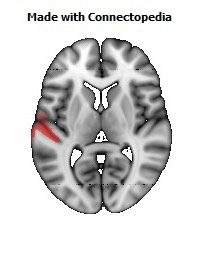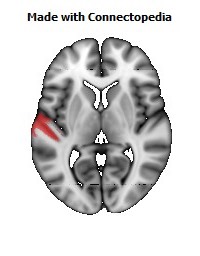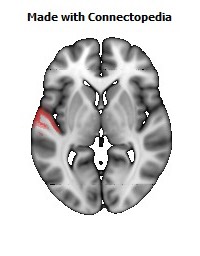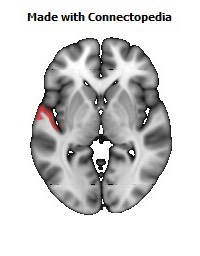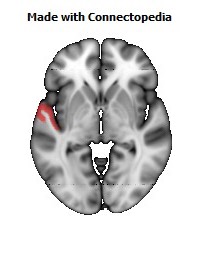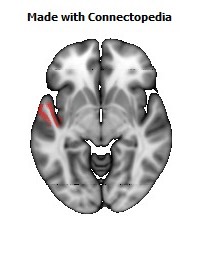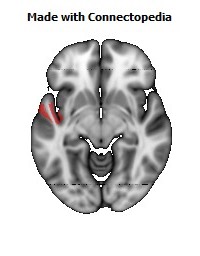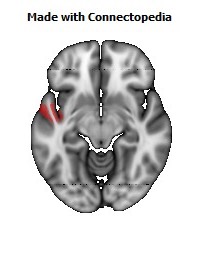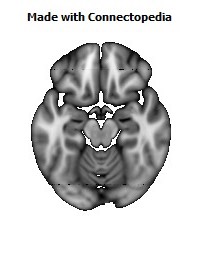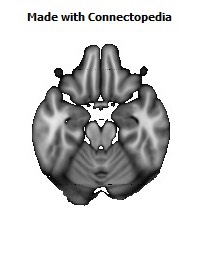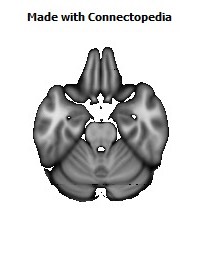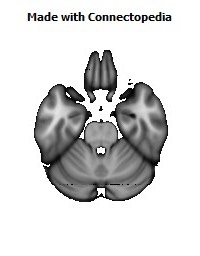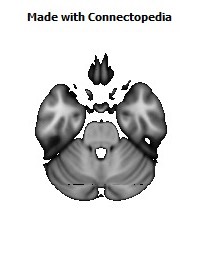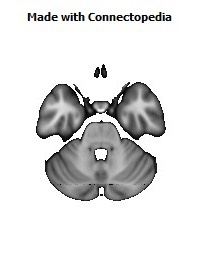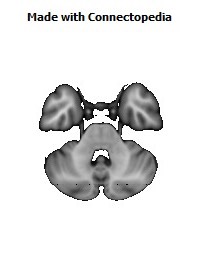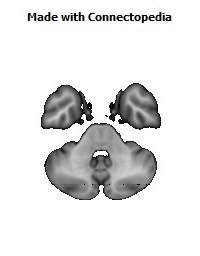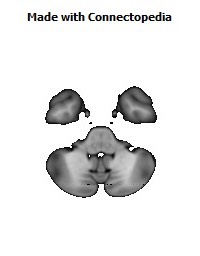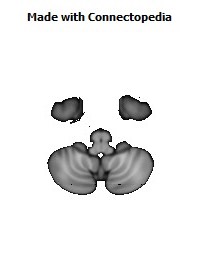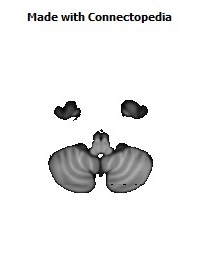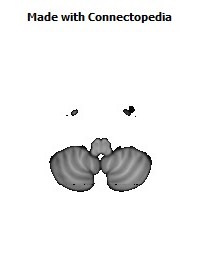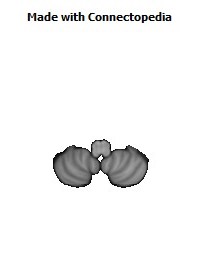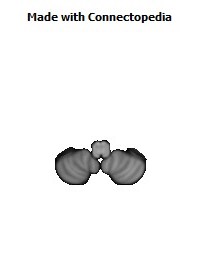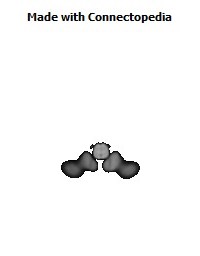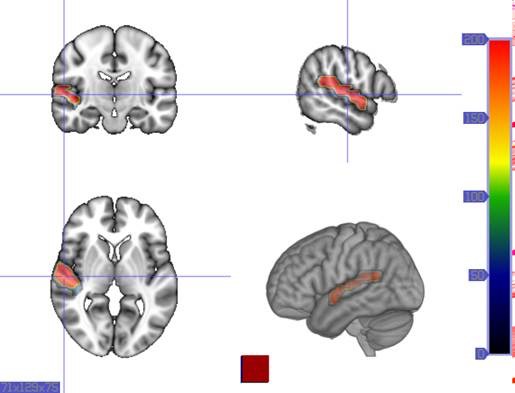
The superior temporal gyrus is one of three (sometimes two) gyri in the temporal lobe of the human brain, which is located laterally to the head, situated somewhat above the external ear.
The superior temporal gyrus is bounded by:
the lateral sulcus above;
the superior temporal sulcus (not always present or visible) below;
an imaginary line drawn from the preoccipital notch to the lateral sulcus posteriorly.
The superior temporal gyrus contains several important structures of the brain, including:
• Brodmann areas 41 and 42, marking the location of the primary auditory cortex, the cortical region responsible for the sensation of sound;
• Wernicke's area, Brodmann 22p, an important region for the processing of speech so that it can be understood as language.
The superior temporal gyrus contains the primary auditory cortex, which is responsible for processing sounds. Specific sound frequencies map precisely onto the primary auditory cortex. This auditory (or tonotopic) map is similar to the homunculus map of the primary motor cortex. Some areas of the superior temporal gyrus are specialized for processing combinations of frequencies, and other areas are specialized for processing changes in amplitude or frequency. The superior temporal gyrus also includes the Wernicke's area, which (in most people) is located in the left hemisphere. It is the major area involved in the comprehension of language. The superior temporal gyrus (STG) is involved in auditory processing, including language, but also has been implicated as a critical structure in social cognition.
Function
The superior temporal gyrus has been involved in the perception of emotions in facial stimuli. Furthermore, the superior temporal gyrus is an essential structure involved in auditory processing, as well as in the function of language in individuals who may have an impaired vocabulary, or are developing a sense of language. The superior temporal gyrus has been discovered to be an important structure in the pathway consisting of the amygdala and prefrontal cortex, which are all involved in social cognition processes. Including the superior temporal gyrus, areas more anterior and dorsal within the temporal lobe have been linked to the ability of processing information the many changeable characteristics of a face. Research conducted with the use of neuroimaging have found patients with schizophrenia have structural abnormalities in their superior temporal gyrus.
